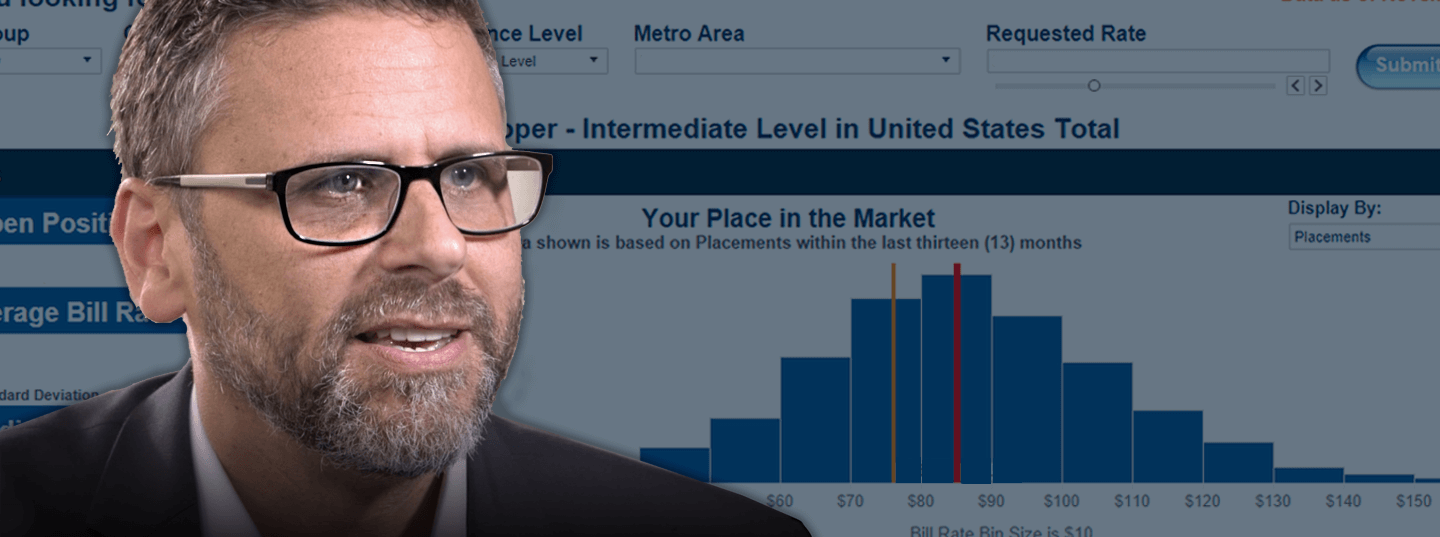Data and Analysis Insight: Turning Market Data into Intelligent Talent Strategy Decisions

Ron Hetrick, Director, Labor Market Business Intelligence, Allegis Group
We often hear about the importance of data in making talent acquisition decisions. However, data alone means nothing unless it can be interpreted and acted upon to achieve the desired result. With the right technologies and competencies, companies can apply talent supply and demand data to make intelligent decisions about how much to pay for talent in specific locations. For most organizations, this level of data-empowerment is difficult or impractical to build in-house, so our data science and industry analytics toolset provides a much-needed resource to help inform their strategies.
At its most basic level, there are three ingredients to an effective, data-driven talent strategy. They include the following.
The Data Itself
The ability to capture data about talent placements, locations, and bill rates is important. In developing our data science and industry analytics toolset, we recognized that meaningful detail requires harnessing our internal data through our network of companies and then using external data such as Bureau of Labor Statistics information to provide perspective and reconcile the trends we are seeing. Bringing the information together is the beginning of the story.
Specialized Expertise and Context
The next step is to apply specialized data science expertise to put the data together in a way that provides context and informs decisions about where to look for talent and what to pay. In the case of our workforce supply and demand tool, for example, listing a single average bill rate for a given role in a location may not be enough for a decision-maker to feel good about potentially increasing their rate to be more competitive. Instead, by combining bill rates with numbers of people engaged at those rates for a given time, a visualization can be developed that reveals the real range of rates across the market. Generally, the visualization will be a curve representing a bill range, with low, high, and optimal median levels. The talent decision-maker can then see where they sit and use this information to make an informed decision about how high or how low they are willing to go on a proposed rate.
Advisory Partnership
The establishment of our industry analysis tools provides an objective set of data that enables our talent advisors to deliver informed input regarding strategies: how much to bill a client, how much to pay a contract worker, and where to look for talent. While the data sets and tools are the basis for informed strategies, it is the talent advisor who can interpret that information in light of a company’s unique needs and knowledge of roles, requirements, and culture.
There is nothing more important to any data tool than an experienced talent advisor to apply that information to the current needs and demands of the client. That’s a key value in any talent solutions partnership and one that makes both the human and technology side of the equation a critical part of the value we provide.


